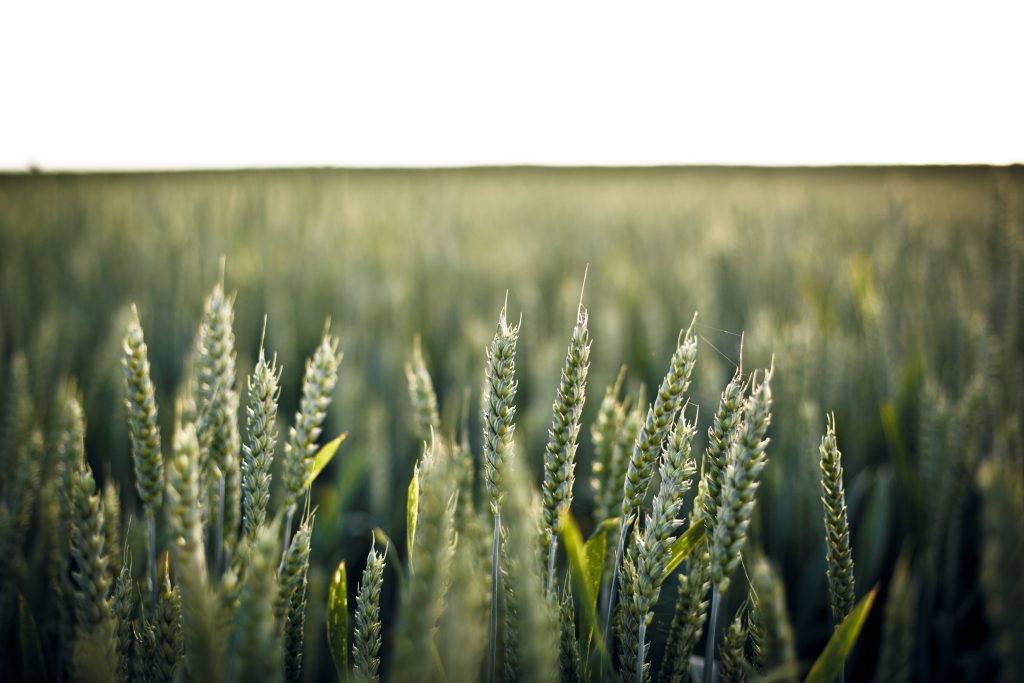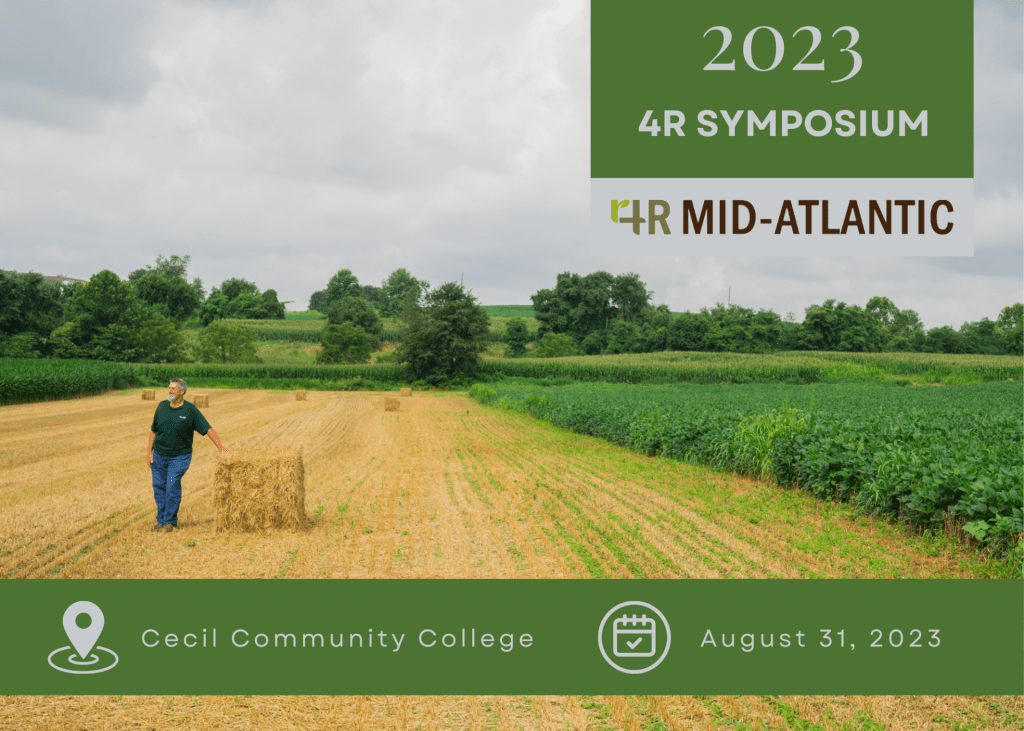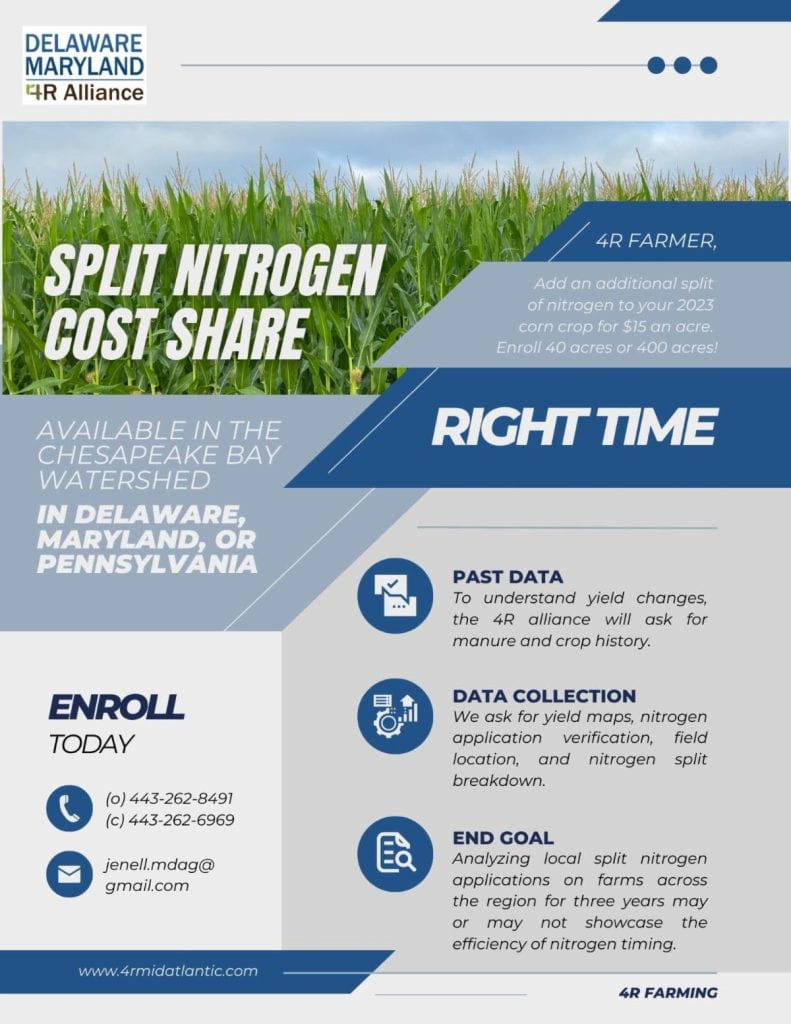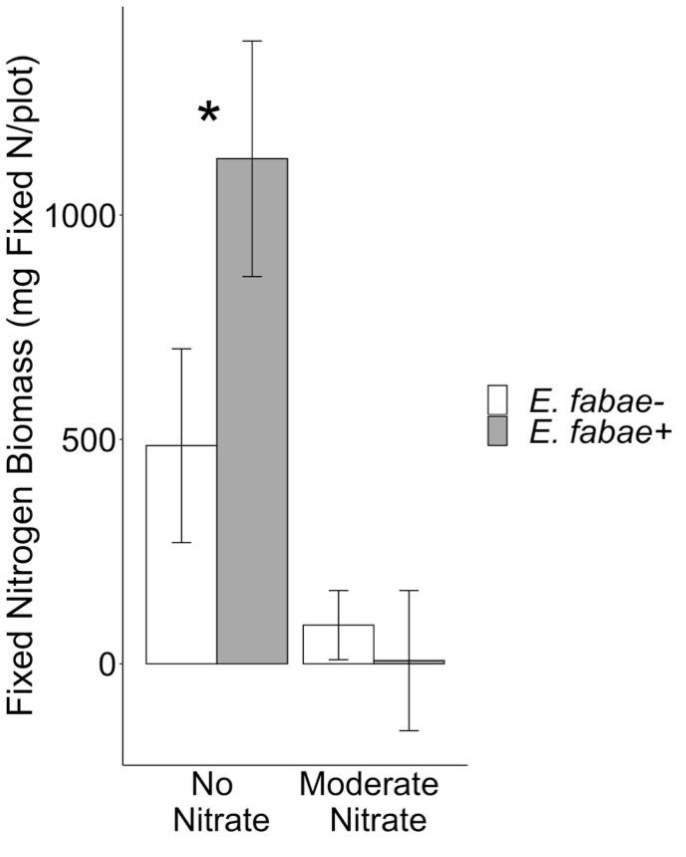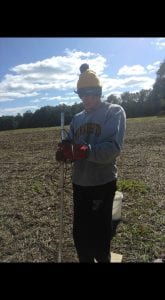Nicole Fiorellino, Extension Agronomist | nfiorell@umd.edu
University of Maryland, College Park
Have you thought about how you might incorporate newly-available biological products into your operation? Maybe you are interested, but skeptical about the return on investment? I will briefly define “biologicals” then provide my thoughts on how to navigate the old adage, “to use or not to use.” I operationally define biological products as commercially-available amendments that are adding a living organism to your growing system, either to the soil or directly to the plant. Generally, these products are meant to replace a fertilizer application by unlocking nutrients stored in the soil or amplifying natural processes that harness nutrients, namely nitrogen (N), from the atmosphere. While a variety of products from different brands can be broadly categorized as biologicals, it is important to take the time to understand the specific “mode of action” of individual biological products and compare that to your field conditions as a first step towards deciding if you will use a product.
Most biological N products aim to increase the mineralization of organic N stored in your soil to inorganic forms that are plant available. The mineralization step of the N cycle is mediated by microorganisms that spend energy to digest organic N and transform it to inorganic, plant-available N. When there is ample inorganic N present in the soil, like after a fertilizer application, for example, the microorganisms are “signaled” that ample N is present and they conserve energy by slowing down, or even stopping, mineralizing organic N. So biological products aim to “block” the signal to microorganisms that instructs them to cut off mineralization and they signal microorganisms to increase the organic N that is mineralized; hence adding more N to the soil with additional fertilizer application.
The increased availability of the soil storage of organic N or the provision of N to plants without fertilizer is accomplished through the introduction of novel N-fixing bacteria that allow a cereal crop, like corn, to fix N like a legume; by providing a stimulant to native soil bacteria to kick-start mineralization; or by infecting the corn plant with an N-fixing bacteria that fixes N from the atmosphere with no additional available N present in the soil – each of these examples represents the mode of action of a different biological product. While it seems like these products have the potential to supply nearly unlimited amounts of N to your crops, they should be viewed as fertilizer replacements, not necessarily as bonus N on top of your current fertility plan. Moreover, despite some marketing claims that yield benefits would be observed across all acres of a farm, a farmer might be more likely to observe a yield response where fertility is low, maybe on marginal acres where fertilizer applications or field operations are delayed due to logistics and timing. Finally, beyond the cost per acre of the product itself, you may want to consider the ease of use of the product and the cost in time associated with product use, including restrictions on tank mixing, application timing, and extra trips across the field.
Once your head is spinning from those considerations and you think you may want to try a new product, your next step may be to see out local research data on a product’s efficacy or maybe even check with your neighbor to learn about their experience with the product. The specific nature of the individual biological products and their interaction with soil nutrient concentration means that University data or even data from your neighbor may not represent the results you might expect on your farm. Unlike the universally-expected yield response with increased fertilizer application across the spectrum of soil and environmental conditions, the potential yield response to the use of biological products varies greatly with location, soil type, and weather conditions – meaning in the same location across multiple years, there may be a different response to the use of these products.
We recommend performing trials on your farm to aid your decision to use biological products. A first step to determine a yield response will be to understand how efficiently you are using N fertilizer on your field. This can be accomplished with a simple field-length strip plot protocol using multiple N fertilizer rates and up to two biological products of your choice. The Agronomy Program at University of Maryland has launched an On-Farm Trials program, with funding support from the Maryland Grain Producers Utilization Board. We encourage farmers to sign up to participate in the trials, one protocol is a biological product comparison. As we enter our second field season in 2024, more information for how to sign up for the trials and brief results summary from 2023 can be found at https://bit.ly/UMDOnFarmTrials or you can email Dr. Nicole Fiorellino at nfiorell@umd.edu or Mr. Gene Hahn at ghahn@umd.edu for more information. We offer a payment to offset potential yield loss and to compensate you for your time spent working with our team to execute the trials. If you have not planted corn yet, there is still time to sign up! Check back to the November research summary issue of Agronomy News for 2024 Field Trials results.
